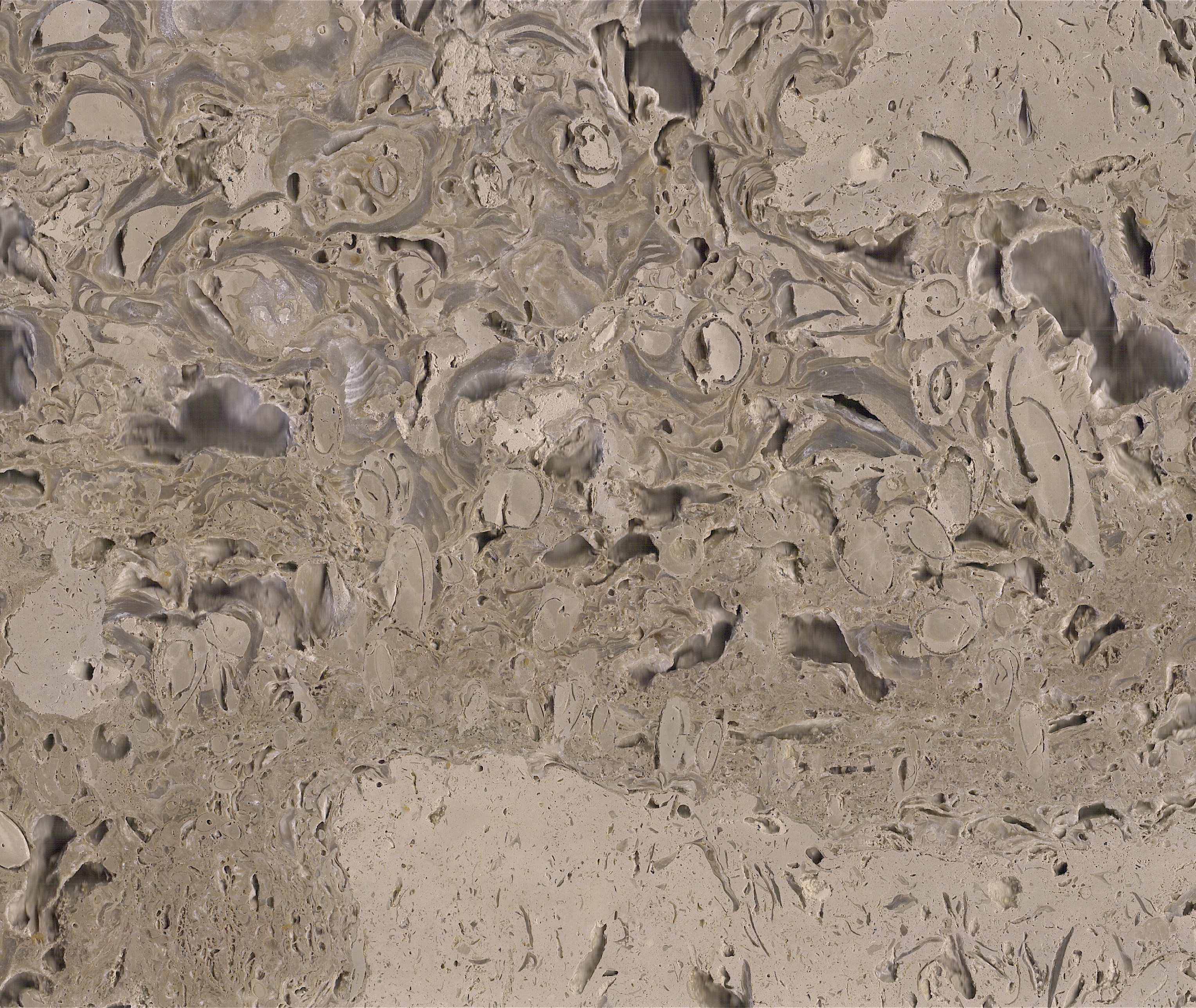Albion Stone, which mines the famous Portland limestone from which much of London is built as well as prestigious buildings in many other cities, has uncovered an exceptional new bed of the stone. It introduces it under the name of ‘Ostrea Patch Reef Whitbed’.
It is being offered as an option for discerning clients who wish to give their projects a distinctive feature.
Portland Stone was laid down at the end of the Jurassic geological period, under sub-tropical conditions on the floor of the long-since-vanished Tethys Ocean.
Life teemed in the warm, clear tidal waters. Colourful fish swam over a sea floor where exotic molluscs lived. Here and there, oysters, bryozoans and the red algae solenopora clustered together in communities, forming small, isolated reefs on the sea floor.
These patch reefs eventually became entombed beneath younger marine sediments and during the eons of geological time that have passed since then, what were the reefs have become ‘frozen’ as occasional isolated features appearing in the Portland freestone beds.
Sections from these fossil reefs occasionally turn-up in blocks of the Whitbed that Albion Stone extracts, which is what has happened here.
The blocks containing the Ostrea Patch Reef now reveal the distinctive and geologically important pre-historic reefs to the World.
Albion Stone, which mines the famous English limestone of Portland, is this year’s lone representative of British stone at the largest and most international of the European stone exhibitions, Marmo+Mac, taking place in Verona, Italy, at the end of this month (26-29 September). This is the sixth consecutive year Albion has exhibited at Marmo+Mac. Last year it was back-to-back with Burlington, which has also exhibited at Marmo+Mac for several years but is not going this year. It says it might return in 2019. In 2017 Forest of Dean Stone Firms was also there. Albion Stone’s stand this year is B19 in Hall 9.

